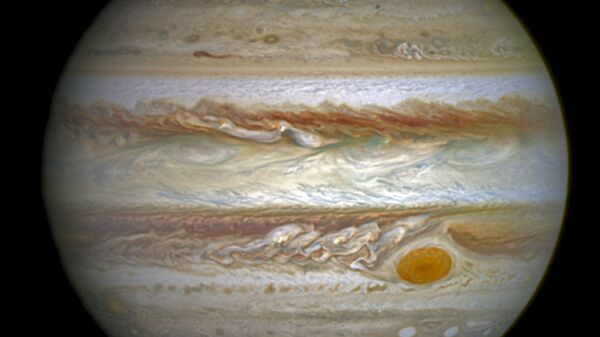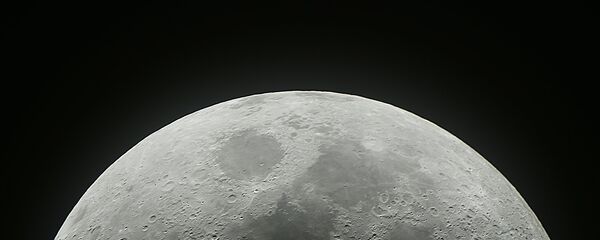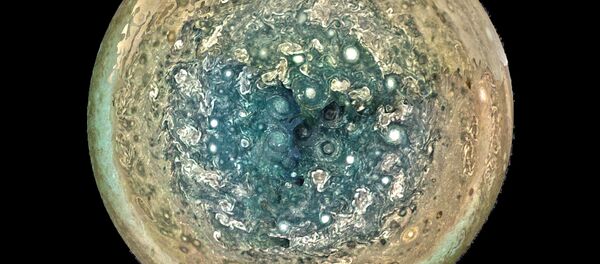NASA's Juno spacecraft, which left Earth in 2011, collected data during its first pass over Jupiter’s Great Red Spot in July 2017. The findings were announced during the annual American Geophysical Union meeting in New Orleans.
"One of the most basic questions about Jupiter's Great Red Spot is: how deep are the roots?" Scott Bolton, Juno's principal investigator from the Southwest Research Institute in San Antonio, was reported by NASA as saying.
The Great Red Spot is a giant oval of crimson-colored clouds in Jupiter's southern hemisphere. It has storm wind speeds greater than any storm on Earth measuring 10,000 miles (16,000 kilometers) in width.
The Great Red Spot, which is 1.3 times as wide as Earth, has been monitored by astronomers since 1830.
When NASA's Voyagers 1 and 2 traveled by Jupiter on their way to Saturn and beyond, in 1979, the Great Red Spot was twice Earth's diameter. Based on the measurements taken by Earth-based telescopes today, the spot has diminished in width by one-third and height by one-eighth.
"The closer you get to Jupiter, the weirder it gets," according to Heidi Becker, Juno's radiation monitoring investigation lead at JPL, NASA reported.
"We knew the radiation would probably surprise us, but we didn't think we'd find a new radiation zone that close to the planet. We only found it because Juno's unique orbit around Jupiter allows it to get really close to the cloud tops during science collection flybys, and we literally flew through it,” Becker said.
Juno also discovered features of a high-energy heavy ion population within the inner edges of Jupiter's “relativistic electron radiation belt, a region dominated by electrons moving close to the speed of light,” NASA reported.
Juno launched on August 5, 2011, from Cape Canaveral, Florida, and arrived in orbit around Jupiter on July 4, 2016. To date, it has completed eight science passes over Jupiter.
Juno's ninth pass around the giant planet will be on December 16, 2017.




